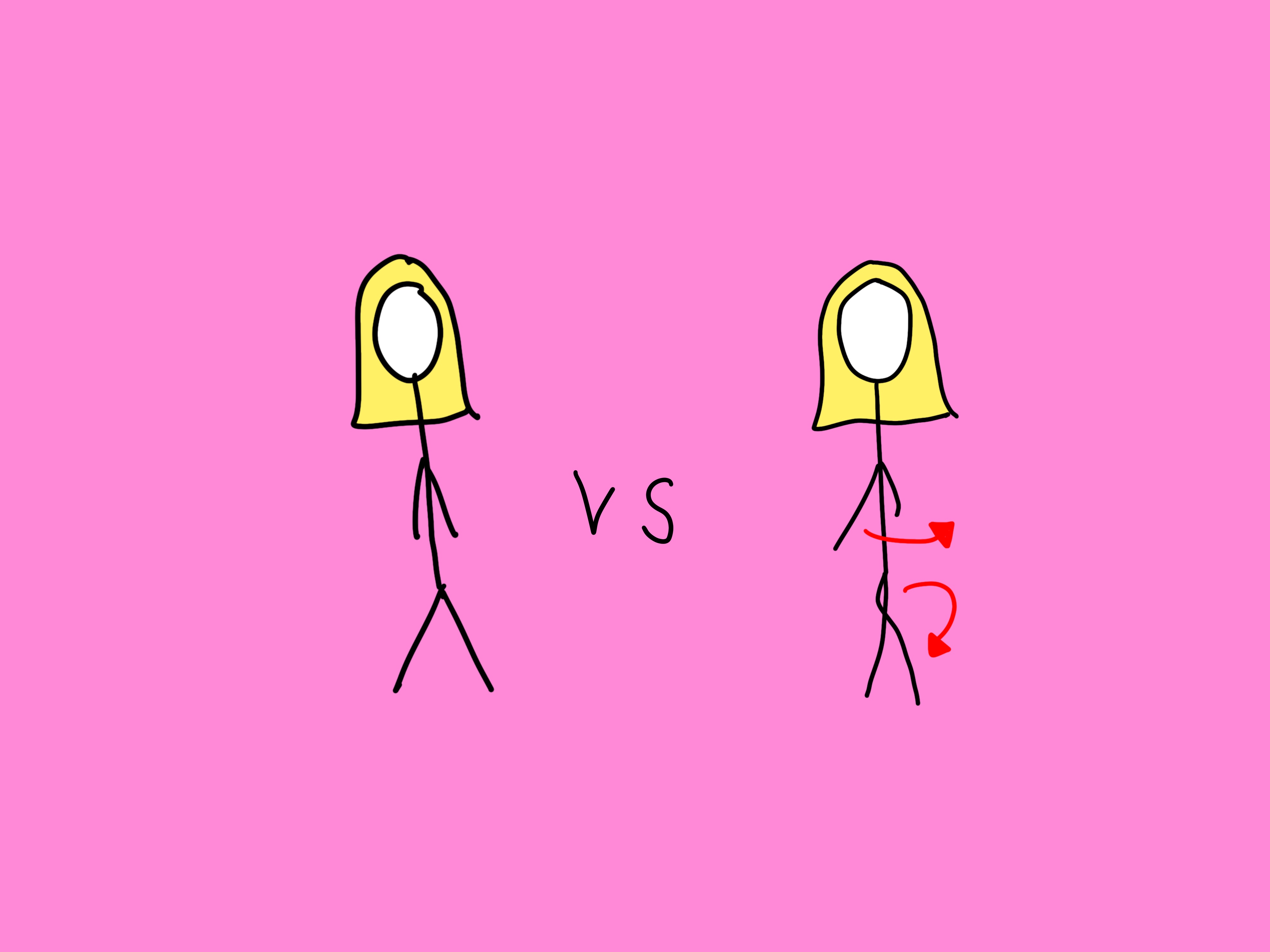
By Myra Chen
“If you don’t even know what to say, just be like, ‘that’s hot.’”
The biggest American media personality in the 2000s, Paris Hilton, paved the way for a new era in the bimbofication movement, breaking its misogynistic roots.
Active in recent years, social media platforms have given light to the redefinition of the term, from derogatory word to describe young, naive women to the confident, empowering term used beyond the scopes of a woman.
Contrary to what one might think, acting like a bimbo is self-catered. Instead of caring about what others think of them, how they look, how they speak, how they walk, bimbos prioritize their comfort. Comfort is subjective, so if it means wearing heels and a mini skirt, so be it.
What better way to radiate confidence than to walk the bimbo walk? Where verbal communication may not be adequate in expressing one’s emotions, intentions or needs, nonverbal communication is the solution. Your body language, from your posture to your facial expressions to your movements, everything is taken into consideration unconsciously when you meet someone. Sadly, it’s also why prejudice occurs.
Regina George, Cher Horowitz and Elle Woods. What do these three people have in common (besides being rich, white and blonde)? They are all confident and more intelligent than others give them credit for. Not afraid to stand up for themselves and unfazed by what others think of them, the three characters put their heart and soul into their walk. What makes their walk different from others?
Posture, pace and motion.
To establish herself as Queen Bee, she shows dominance in the appearance department. With opened shoulders and a straightened back, Regina George became associated with power and reluctance to cower. She maintains eye contact by keeping their head level to the ground and reduces any unnecessary head bobbing. It’s no wonder that Regina kept acting the way she did; a good posture has been linked with alleviating symptoms of anxiety and stress. Stand up tall and don’t cower: a motto many bimbos live by.
With a posse of friends trailing behind her, Cher Horowitz embraced a technique that helps her stand out: brisk walking. Faster than a normal walk, the brisk walk increases heart rate, improves cardiovascular health and reduces fatigue. Breathing patterns during brisk walking are vital; they shouldn’t be shallow, but deep. Taking deep breaths radiates serenity and calmness, part of the confidence that many bimbos, including Horowitz, have. But power walking means nothing without the proper steps.
On her way down the aisle through the courtroom, Elle Woods definitely makes an entrance, calling all attention on her. It’s not just the all pink outfit, but also her strut. The strut is characterized by the exaggeration of certain motions. Your arms should move in opposite motions to legs, a dance of sorts. Making a C shape, your arms should also have a back swing and should lift up ever so slightly. As for your feet, the emphasis should lie in the heel of your foot in the beginning of the step and the ball of your foot at the end of the stride.
The bimbo’s sashay is often overlooked as hyper-feminine and has the negative connotation that its bearer is idiotic and an attention seeker. But beyond appearance lies a technical benefit. Individually, each aspect of the bimbo walk has its perks, both mentally and physically. Put together, you become Paris Hilton. Maybe not, but by walking bimbo style, one emulates confidence, false or not, increasing personal mood and one’s positive outlook.





